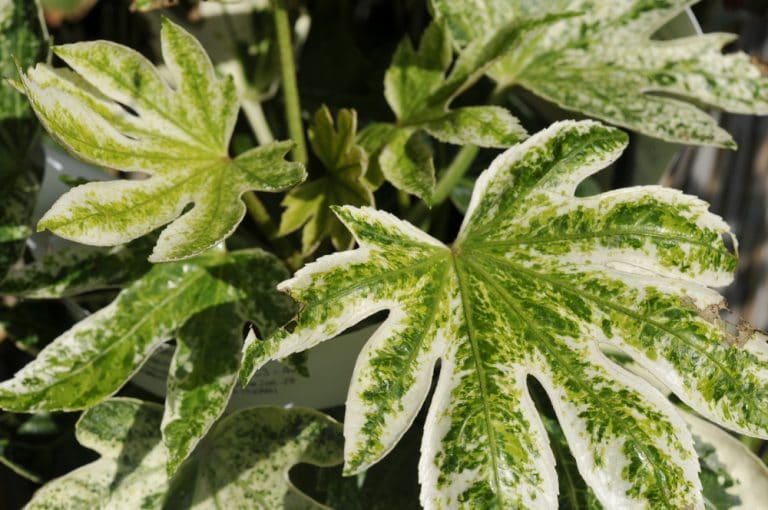
Fatsi Japonica Care & UK Growing Tips UpGardener™
Water your Fatsia when the soil is about 50-75% dry. Water until liquid flows through the drainage hole at the bottom of the pot and discard any water that has accumulated in the saucer. HUMIDITY. Your Fatsia will do fine with average room humidity, but will appreciate added humidity from a humidifier or occasional misting.

Fatsia Japonica Spiders Web Castor Oil Plant Japanese Fatsia Tropical Shrub Amazon.co.uk
Dip the cut end into rooting hormone and shake off the excess. Plant the cutting into damp, well-draining soil. Cover the cutting with a plastic bag to keep in moisture. Place the cutting in bright, indirect lighting. Air the cutting by removing the bag for an hour or so daily, and water the soil once it begins to dry.

How to Grow Fatsia Japonica Fatsia japonica, Japonica, Plants
In the context of caring for Fatsia Japonica, one common problem that may arise is the occurrence of pests and diseases. This plant can be affected by common pests such as aphids, spider mites, and scale insects, which can cause damage to the leaves and stems, leading to a decline in overall health. To prevent and treat pest infestations.
/GettyImages-612214774-5c487afd46e0fb000114da71.jpg)
How to Grow Fatsia Japonica Indoors
Choose a medium to large-sized pot to plant it, as it will grow to have wide leaves, and the plant is almost 8-10 feet tall. Fatsia Japonica is quite flexible and can be grown in a variety of spots, be it a room, patio or garden. An ideal place for growing the plant will be a shady and cool room, although it can also thrive well in sunny.
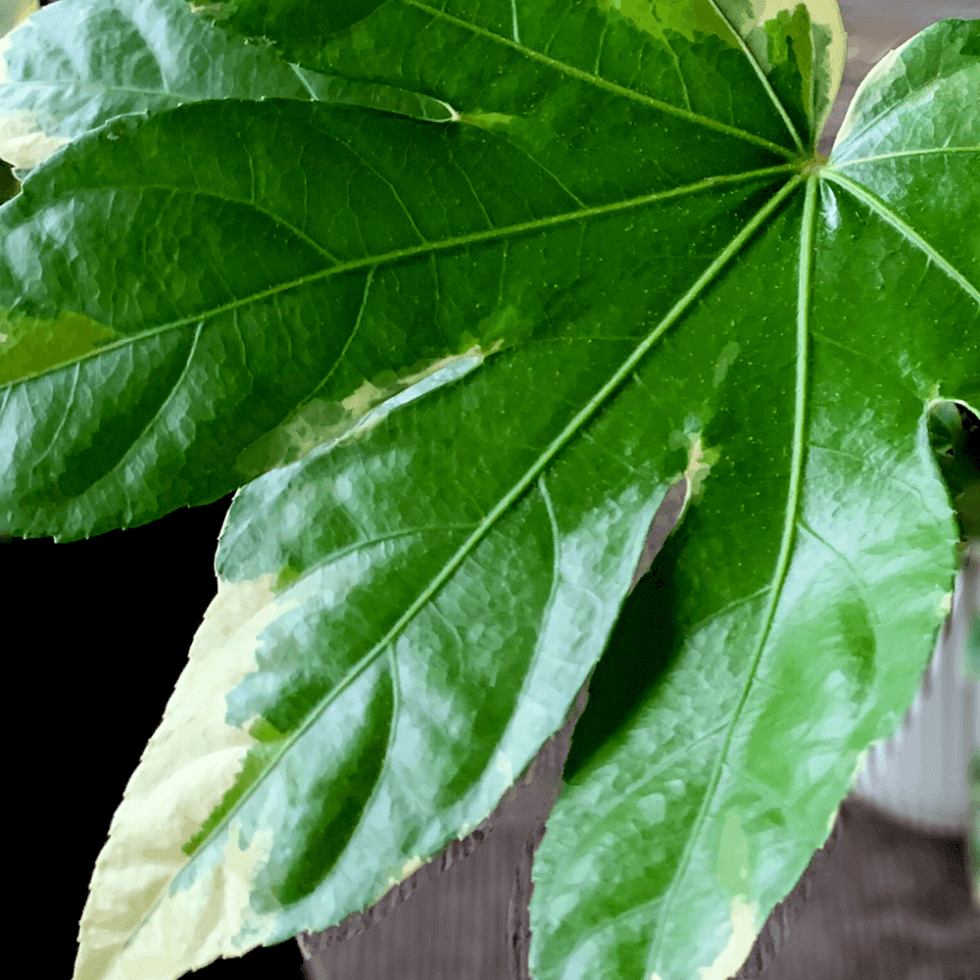
how to care for fatsia japonica ⋆ Leafy Life
This will improve soil drainage and provide nutrients for the plant. Plant the shrub: When planting Fatsia japonica, dig a hole that is twice the size of the root ball. Place the plant in the hole and backfill with soil, making sure to firm it down around the base of the plant. Water the plant well after planting.

Fatsia Japonica in balcony. Check our guide and learn everything you need to know to care for a
How to grow and care for Fatsia japonica. Fatsias need little care over the growing year. Remove dead and dying leaves of indoor-grown fatsias as and when you need to, and prune lightly in mid- to late-spring, to maintain a pleasing shape. Light pruning also benefits outdoor-grown fatsias.
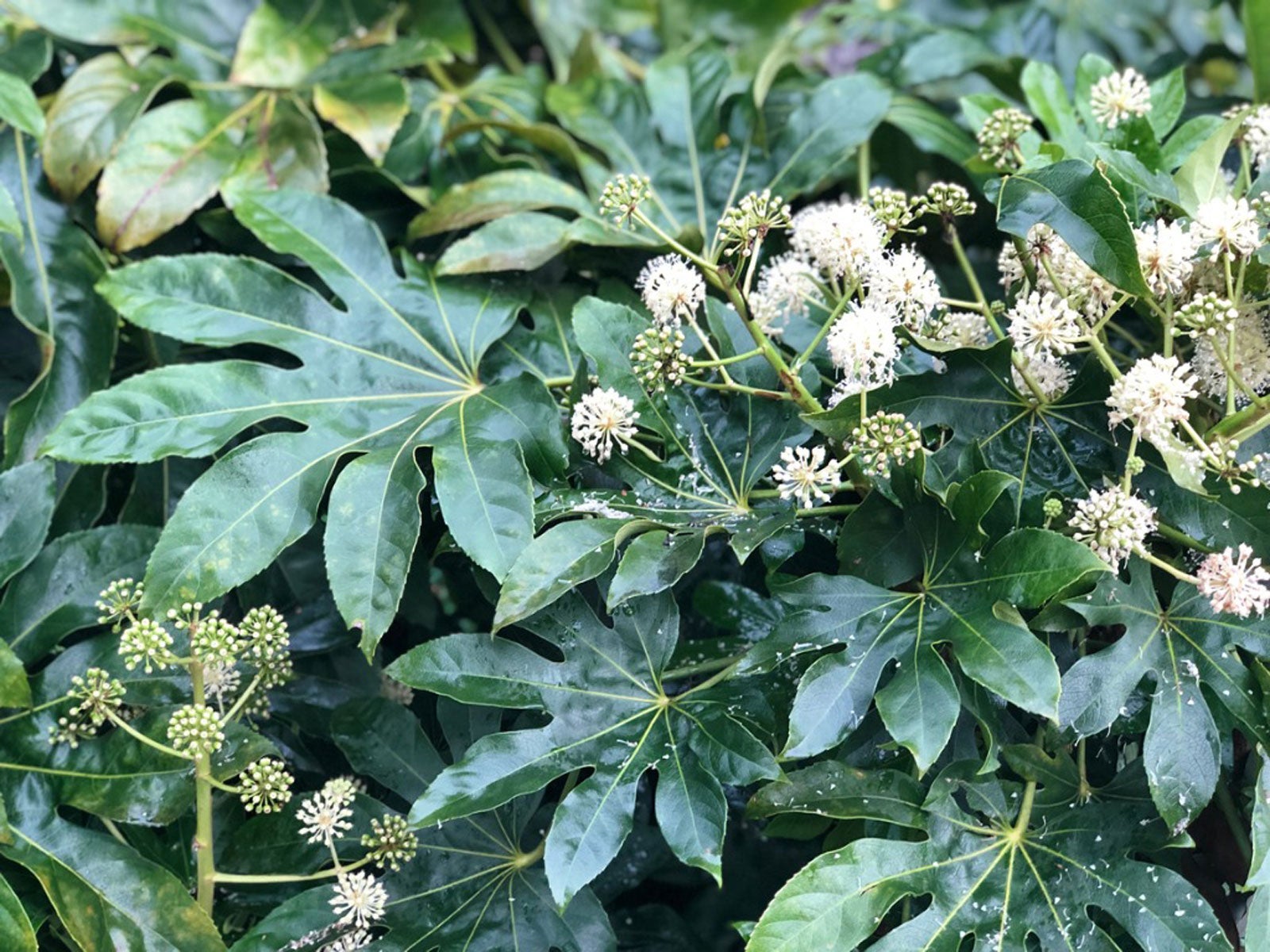
Fatsia Plant Info How To Grow And Care For Japanese Aralia Plant
Water. Regular moisture is essential for the Japanese aralia during its growing season (spring and summer). Water regularly to ensure the soil never dries out, saturating the soil completely until water runs from the container's drainage holes. During the fall and winter months, cut back on your watering slightly to allow the plant to rest.
The Indoor Garden How to care for a Fatsia Japonica
Also referred to as Japanese Aralia or the 'Fig Leaf Plant', Fatsia japonica - as its name suggests - is native to Japan, Korea and Taiwan. 1 Fatsia. (n.d.).. Winter Care. Watch out for particularly chilly winters - too much cold and the leaves may start to fall off or, in some cases, turn black.

How to care for Fatsia japonica The Little Botanist
Step-by-Step Procedure: Choose a healthy plant to take tip cuttings. It's best to take cuttings during the growing season, typically in the spring and summer. Use clean, sharp pruning shears to take stem cuttings. Each cutting should be about 4 to 6 inches long and include a few leaves.

Fatsia Japonica Indoor Care Guide Fatsia japonica, Plant care houseplant, Plants
Fatsia japonica 'variegata' is a cultivar with irregular white edges on the leaves. The plant thrives in medium shade, while F. japonica 'variegata' needs more light. No direct sun as it will make the leaves turn brown. Keep the soil moist, but slightly drier in winter, and douche the leaves with water once in awhile.

How to Grow and Care for a Fatsia Japonica Indoors YouTube
Fatsia japonica. Japanese Aralias are one of the easiest of all shade garden or house plants to grow and care for. They have large (up to 16"), dark green, palmate leaves and form tropical looking, evergreen shrubs that can grow up to 6-8 feet tall and 6 feet wide, but are easily limited to a height of 2-4 feet with pruning.

How to Grow Variegated Fatsia Japonica Plant Care & Tips NorwichGardener
Fatsia Plant Info. The common names Japanese aralia plant and Japanese fatsia refer to the same broadleaf evergreen, known botanically as Aralia japonica or Fatsia japonica. The plant features huge, deeply lobed leaves that grow to about a foot (30cm.) in width atop long leaf stems that reach up and outward.
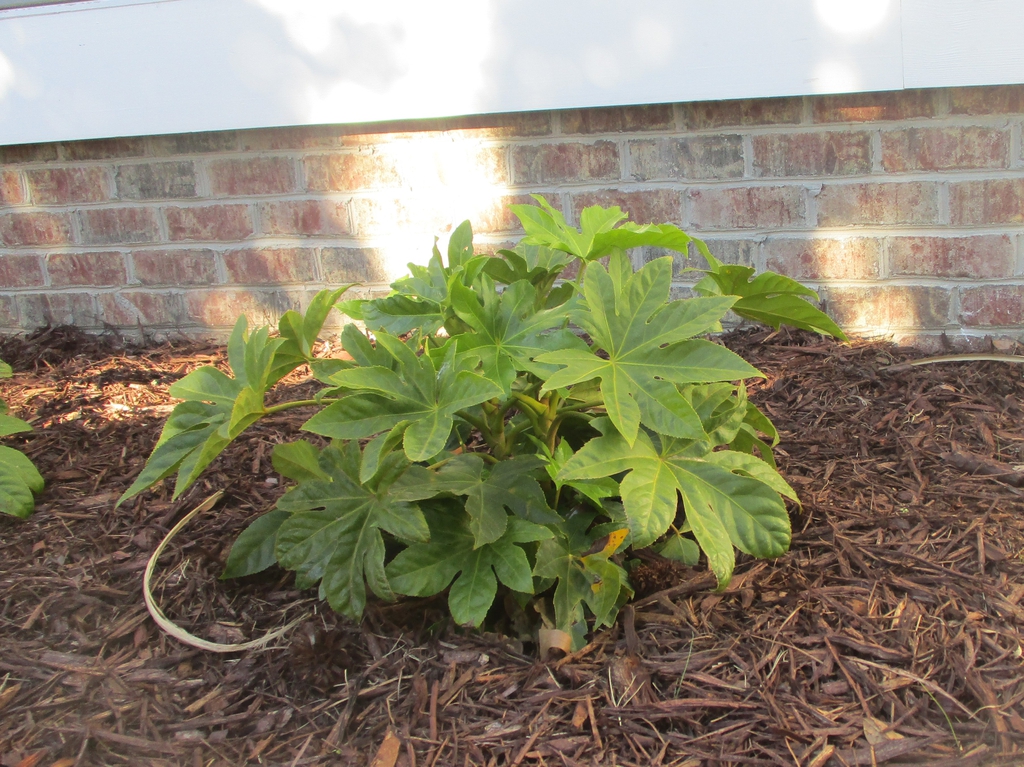
How to Grow & Care for Your Fatsia Japonica Shrub A Complete Guide TheArches
Fatsia japonica Care Indoors. Japanese Aralia (Fatsia japonica) thrives in medium to bright light, average warmth and moderately moist, rich, well-drained soil coupled with monthly feeding during the growing season. It has no need for high humidity. Below is a detailed outline of the best growing conditions and how to provide them.
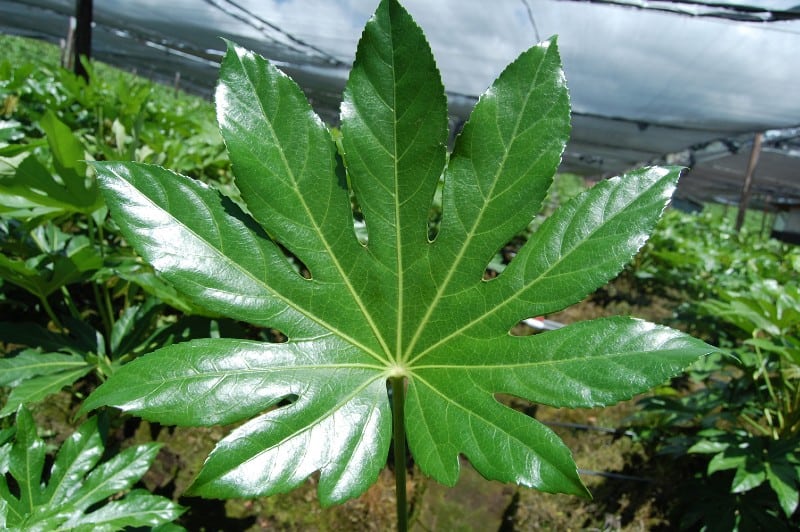
How to Grow and Care for Fatsia Japonica
Fatsia japonica, like the species name suggests, is native to Japan and also Korea. It is an evergreen shrub and is a pretty tough and forgiving plant in outdoor gardens, but it is also possible to grow fatsia indoors. Your potted fatsia inside may not get flowers, but you will still be able to enjoy the exotic foliage given proper indoor culture.

Fatsia japonica cultivation, care & more Plantura
Fatsia japonica can be easily propagated in domestic conditions. Simply use cuttings of the length at least 10 cm. Remove the bottom leaves from the cutting, and put it in a rooting hormone. As it developing roots, you can move it to a container. The best soil for paper plant propagation is a mixture of peat and sand.

The Fatsia Japonica (aka Paperplant) Care Guide BigBoyPlants Fatsia japonica, Household
A native of Japan and Korea, Japanese Arlia (Fatsia japonica) is known by many other names including paper plant, false castor oil, and spider's web among others. The mature shrub can reach 5 feet tall and the same in width. And with its fast growth rate of almost one foot a year, it won't take long to reach maturity.